Affiliate links on Android Authority may earn us a commission. Learn more.
Modular phones haven't lived up to the initial hype, here's why
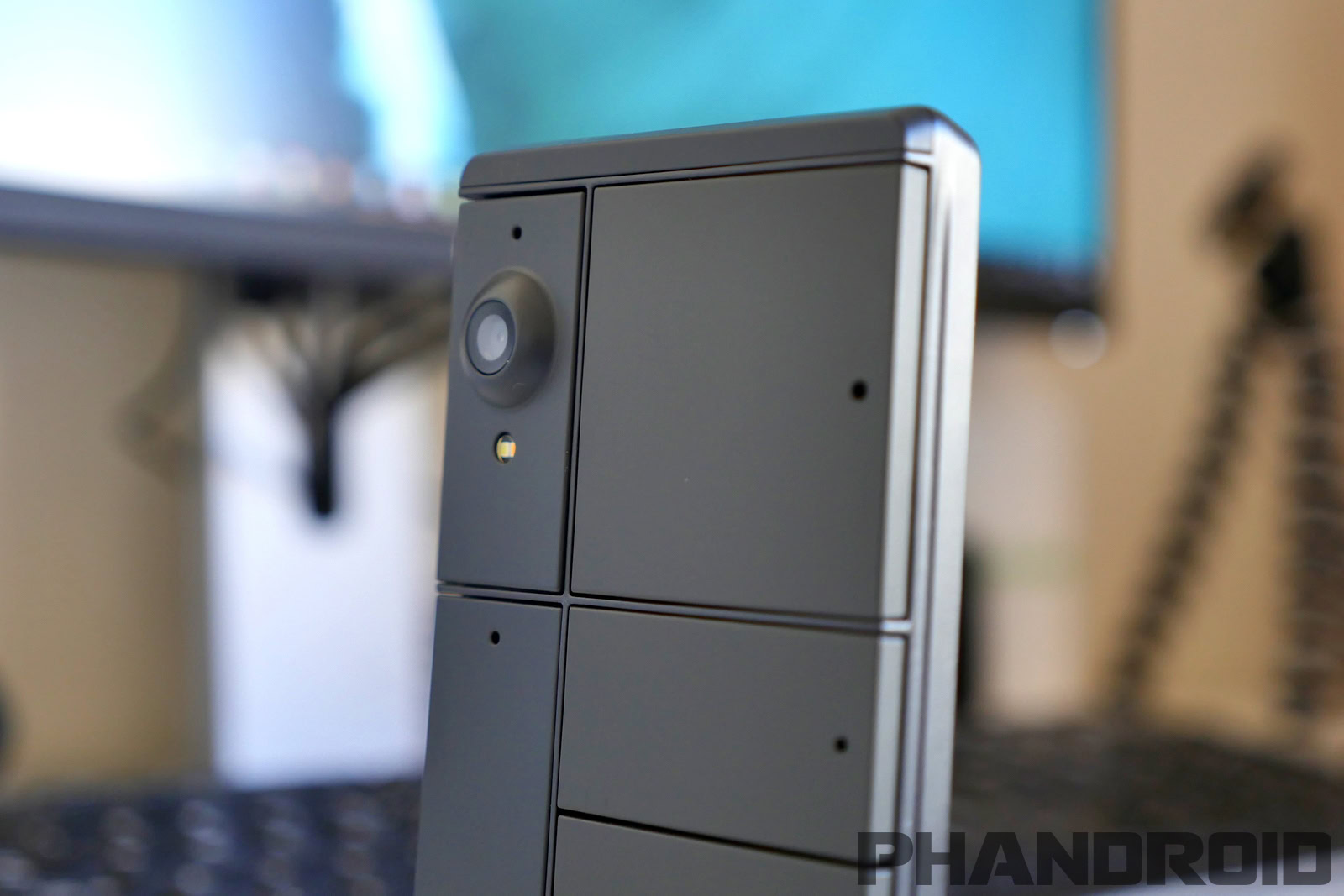
Modular phones seemed to make so much sense: snap in and out different components, customize your device, quickly add unique features, and never be stuck with a boring black square. So why haven’t the likes of Moto Mods and unique accessories boosted modular phones to popularity?
The modular phone market is pretty thin these days. Moto Mods are the biggest player in this space, and Lenovo has just quietly been found to be shedding employees from Moto’s Chicago HQ – up to 200 layoffs, and the Motorola president was replaced. That would indicate that Moto aren’t exactly on the way up with their rather ambitious project. LG made an attempt with the G5 via ‘Friends’ that was initially intriguing but dissolved into what’s kindly described as ill-fated, and more realistically described as a mess.
Google’s very cool Project Ara, which took modular phones to completely another level, caught everyone’s attention. The idea was so stunning that it held that attention from the announcement to the slow-burning wait to the disappointing fizzling out of the concept three years later.
Essential have dabbled here as well, adding some modular pins to the device to allow for an accessory ecosystem that lets you add-on a variety of additional features. This includes a 360 Camera, and, well, not much else just yet. Maybe that will change, maybe it won’t. This far into the Essential’s life, we’d say it is more likely it won’t unfortunately.
The issues for modular devices that pair with smartphones come down to a couple of core reasons:
Complications
Unfortunately, most modular phone accessories don’t offer enough of a compelling reason to buy for the mass market. The add-ons become yet another thing you need to carry around, plug-in, and generally have to remember, without ever really being mandatory. They’re not always a hassle, but they’re just another thing. Some of the LG G5 ‘Friends’ modular accessories required you to remove the battery, forcing you to reboot each time you wanted to use a ‘Friend’.
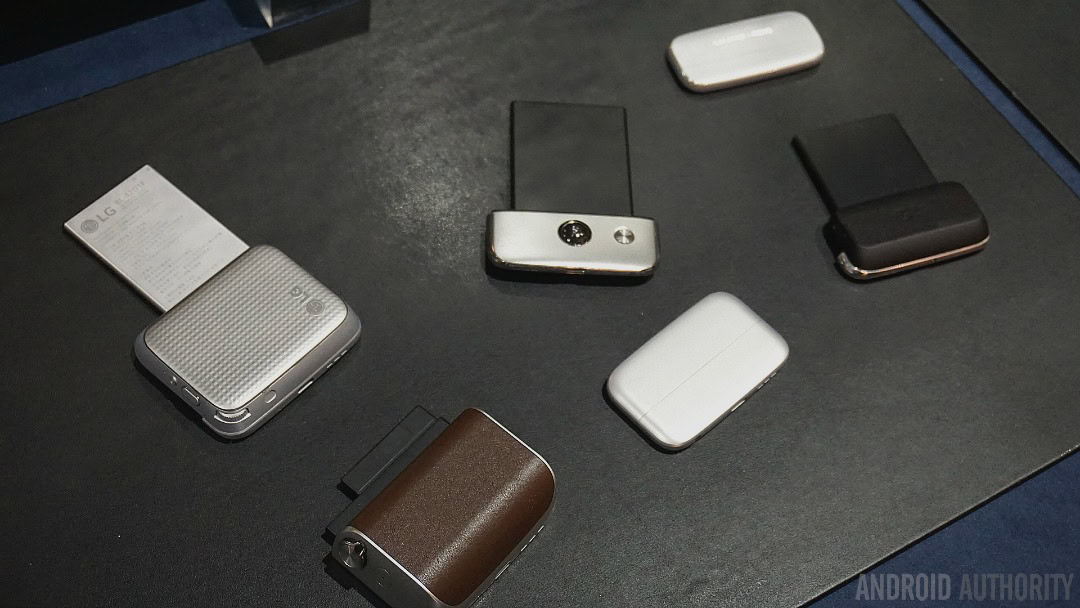
Essential’s 360 Camera is about as uncomplicated as it gets, able to quickly snap into place, but incredibly niche. If you’re into the 360-degree-camera style of photography or spherical selfies, you’re much more likely to get a dedicated device that isn’t tied to working to just one kind of phone.
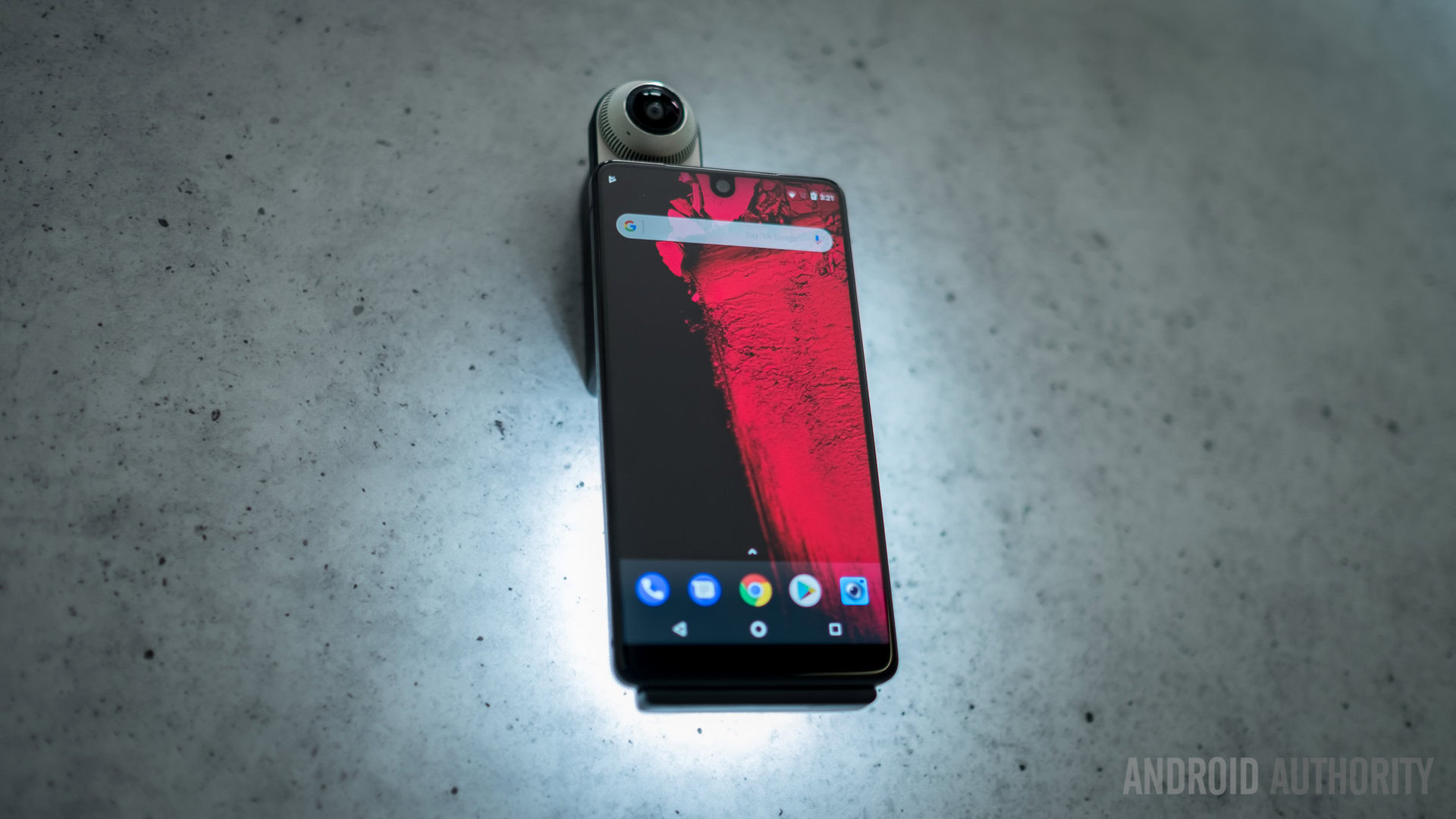
And that feels like a lot of the problem: you can either buy a phone that just works, or you can mess about with plugging stuff in to get one more feature.
Lack of killer mods, the economics don’t work, and small-time only
The retail pricing of accessories is a bit hard to understand, especially when there hasn’t yet been a killer accessory or Mod. Try as they might, nothing you can add-on to your phone is necessary. And that’s the glaring problem. Dedicated standalone devices tend to be able to perform better, and cheaper, even if they aren’t as convenient as being stuck on your phone.
Let’s have a look at some examples of modular phone things that are fun to have, but nowhere near important.
Essential initially priced their phone at $700, and their 360 Camera was a full $270. Now, there have been numerous price drops and deals from Essential since then, but that’s a wildly expensive starting point for an add-on device.
Moto Mods offer some genuinely cool and useful mods – the Polaroid Printer Mod is great – but for $200, it has such limited appeal. It forces you to stick with a Motorola phone for now and into the future if you want to keep using it.
Adding the Hasselblad True Zoom for $300 (now $200) gives your phone a 10x zoom, but doesn’t add much to image quality with the tiny aperture. The Moto Gamepad for $80 is more attractively priced but doesn’t have a full range of games available for it, which makes putting the money towards a more adaptable Bluetooth game controller a logical choice. Or, a Nintendo Switch.
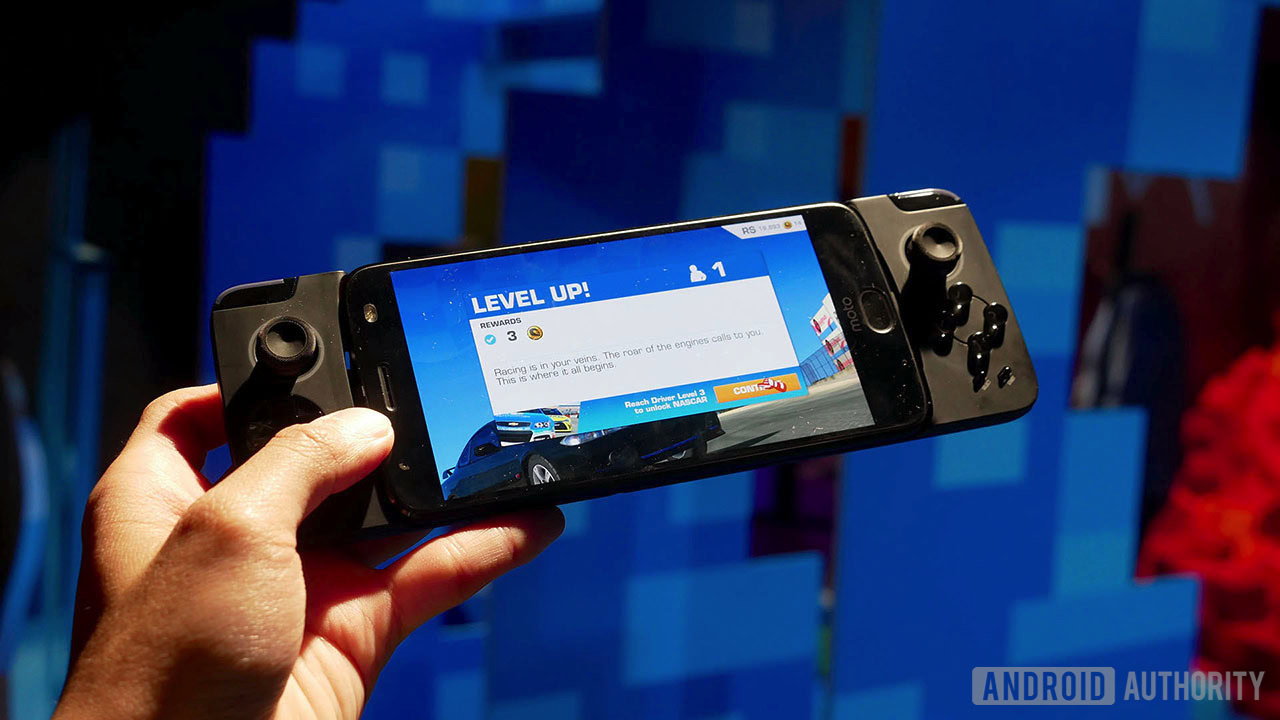
Speakers are decidedly better when they’re not attached to your phone given that you’ll still want to use your device, while the projector Moto Mod looks cool, but is so dim that you’d only have one if it came bundled with your device.
That’s the problem: for everything that’s good, there are some big-time drawbacks as well, without any must-haves backing it up.
Ultimately, the lack of a universal platform is a big problem as well. Relatively expensive, incompatible-with-anything-else accessories aren’t high-money spinners for smaller manufacturers. Incompatibility as part of the design has very often been attempted in tech (hi Apple!) where the end-user has to end up betting on competing standards – the old VHS vs Betamax. But mods and accessories are very much limited to a single manufacturer, and unfortunately for the smaller OEMs trying their hand, they haven’t been able to create a big enough ecosystem to attract third-parties.
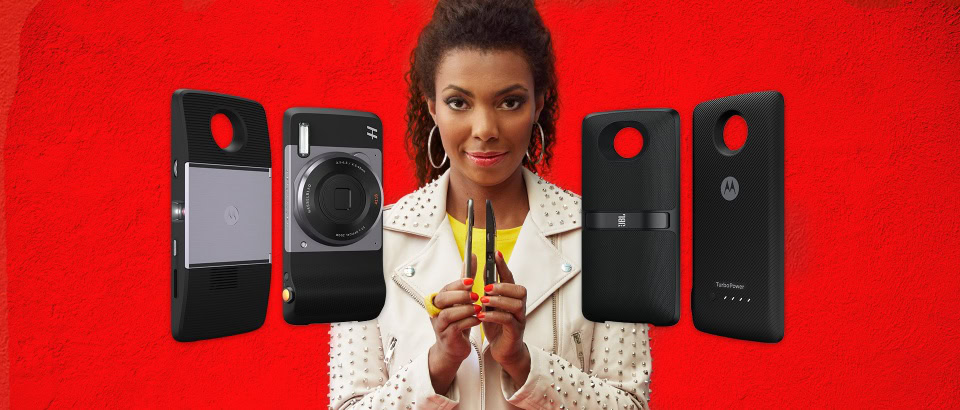
Finally, there’s another catch for Motorola, and it’s the best there is: a Catch-22. If Moto doesn’t try to make Mods, there’s no chance of getting third-party support and innovation and creating more Mods. But who buys a modular phone when the number of Mods is so small and expensive? If I was a Belkin or a JBL or an Anker, I’d be building a universal option for masses rather than tieing myself to Moto Mods.
The future of modular phones
In researching the state of play over the years for this piece, it’s been intriguing go back to our original thoughts on new announcements in the modular space, and their almost inevitable disappointments. One of the best long reads was a wider team and community member debate on the likelihood of success for the ambitious Project Ara. Both our community members and our team had a healthy skepticism of what was being promised vs what was actually on the table, but it was definitely a time where even grizzled industry veterans were a little bit excited.
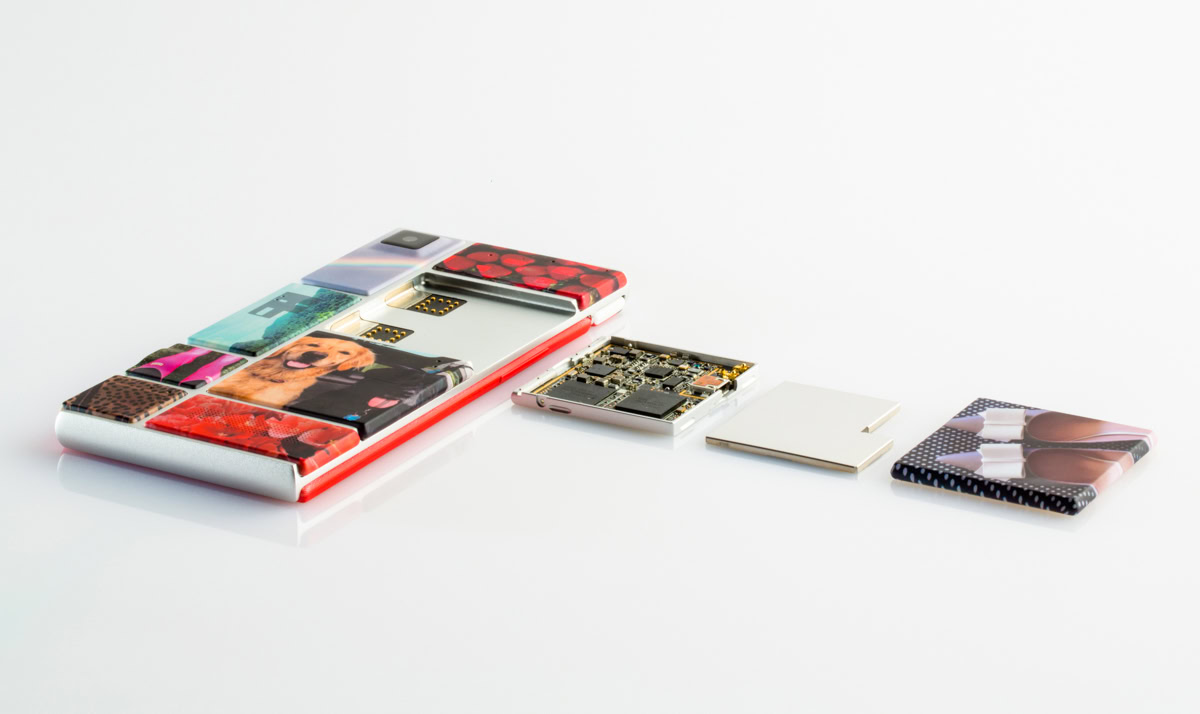
The biggest difference between the discussion and criticism that was raised was the unlikely idea that the Google-led Project would never actually go on sale. That kind of prediction seemed like heresy – and yet here we are. No Project Ara, Motorola on life-support, LG pretending ‘Friends’ never existed, and Essential going to the trouble of including a design to accommodate modular accessories and only offering one.
Will the unique selling points of modular phones ever work out? Tell us what you think below in the comments, or better yet, give us a prediction of what could be a must-have modular accessory for a phone might be.